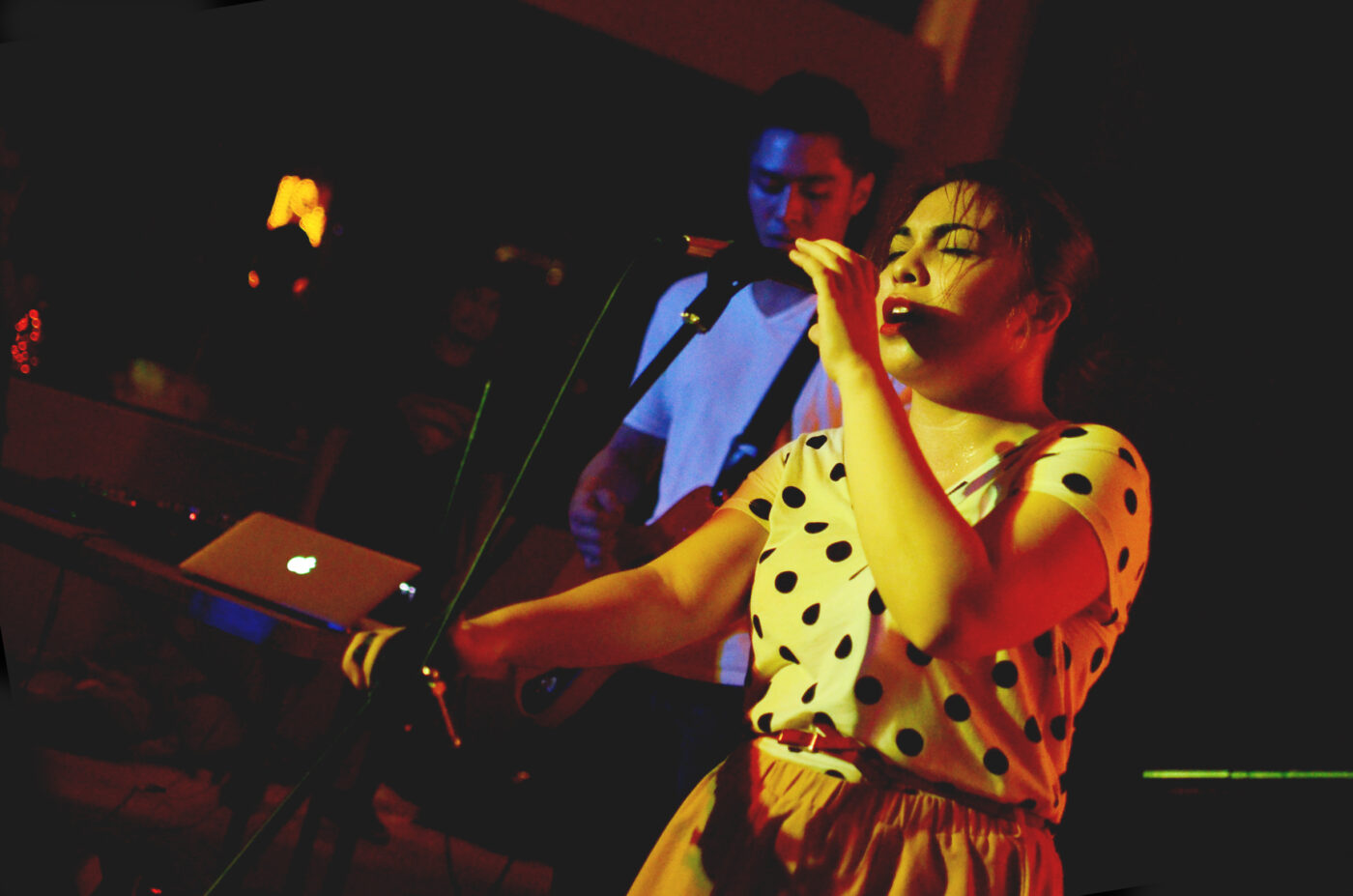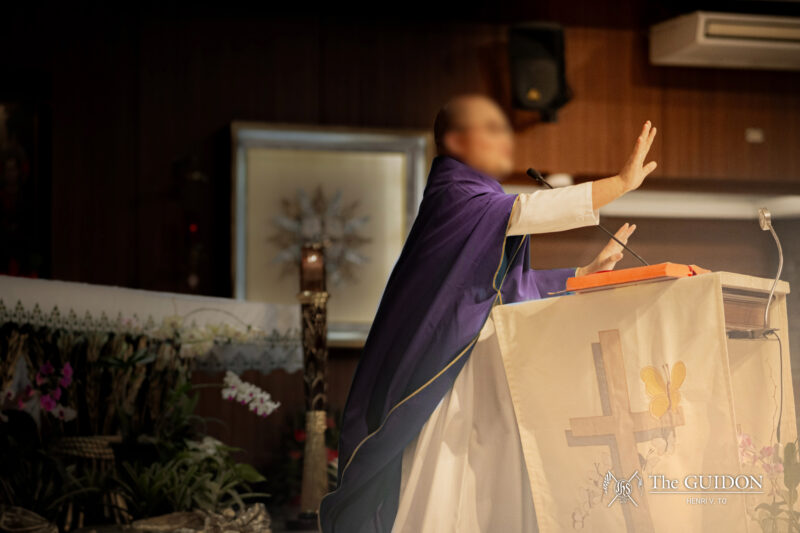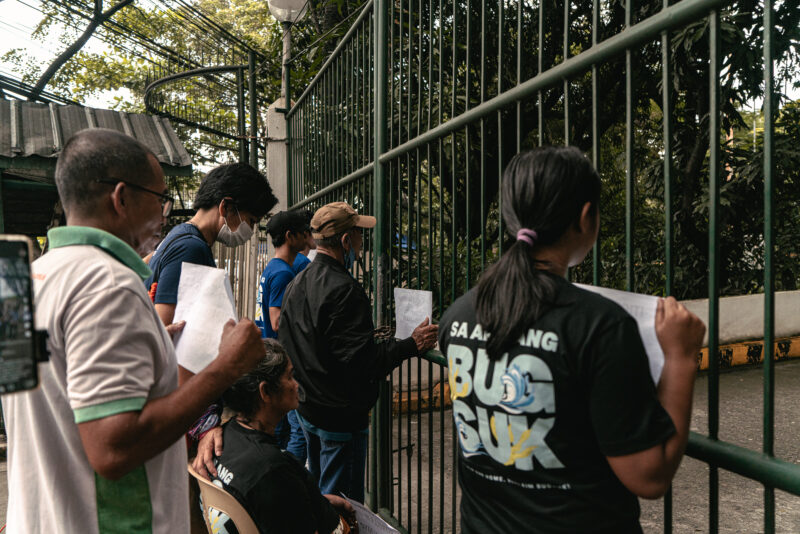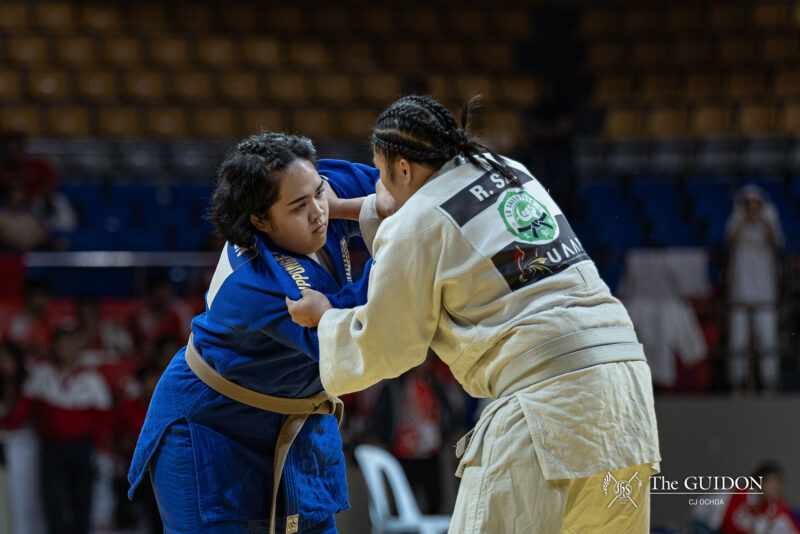September was the month for local music that no one expected it to be. It began with waves of ‘90s nostalgia brought about by the release of the new Eraserheads singles in collaboration with Esquire Philippines and ending on a thrilling note with the She’s Only Sixteen’s sixth anniversary gig.
A month flanked by these two acts, which arguably represent two distinct eras, inevitably raises the question of what came in between. Today, the local scene is vibrant: A lot of music is being made locally, be it by underground acts like CRWN or mainstream names like Daniel Padilla or Sarah Geronimo.
However, fully appreciating today’s sounds entails looking back at the past as the very mention of local music brings about the subject of Original Pilipino Music (OPM). Much has been said about what it is, how we ought to remember it and, as the musicians themselves can attest to, how it has definitively evolved over the years.
Source of sound
Jim Paredes (AB COM ‘72), a member of the renowned Apo Hiking Society, recalls how the sounds of his youth were mostly replications of Western music. “Everybody wanted to be called ‘The Elvis of the Philippines,’ because [it was easy to] sound like Elvis,” he recalls.
This mindset was turned upside down when the likes of Apo, Hotdog, Willy Cruz, Freddie Aguilar and George Consejo sought to make their own music and to tell stories using their own language. It was nothing short of daring for them to perform at gigs armed with a largely Tagalog repertoire instead of the time-tested English lineup that most crowds back then could relate to.
The risk eventually paid off, winning the hearts of many. As Paredes puts it, “In the ‘60s you could define the whole movement of music as mass followed class. In the ‘70s, the opposite happened—class followed mass.”
These songs performed in the local language were originally referred to as “Manila Sound.” A few years before the ‘80s, however, Danny Javier, another member of Apo, coined the term “OPM” to aid the identification of this then-emerging strain of pop-rock music. The term stuck as a kind of collective and unspoken agreement; after all, bands writing their own material and artists singing about the ordinary Filipino were the “zeitgeist of the time,” Paredes says.
This growing milieu wasn’t sustained for long though, at least according to Paredes’ experience in the industry. He mentions how the reformatting of radio stations resulted in a stricter access to the local limelight, while piracy also began to be a serious problem. Along with this came the advent of music videos from abroad, which shifted most people’s attention back to foreign icons.
By the ‘90s, Paredes began to notice a clearer departure from this initial grassroots stage. While it did breed the likes of the Eraserheads and Rivermaya, it also spawned the question on the continuity of this OPM. Still, Paredes wouldn’t hesitate to call these then-emerging acts OPM. “When we coined it, it was a very inclusive term,” he says. “OPM is any music done by Filipinos.”
Present tense
Ask anyone involved in the underground side of things—from Route 196 along Katipunan Extension to Southrock Indoor Skatepark of the Laguna hardcore punk scene—and they visibly shirk the label OPM. Ask electronic artist BP Valenzuela and she quickly defines it as an umbrella term, one that she feels is outdated since it refers to the musician’s being Filipino rather than the sound of the genre.
The 19-year-old Valenzuela, who, in between papers and classes, released a self-produced EP last March, calls her music ambient electro-pop—a far cry from the alt-rock boom of the ‘90s that she feels is typically associated with OPM. The association is strong among those who see the Eraserheads era as local music’s last golden age. “Everybody listened to the Eraserheads at one point in their lives… Saying that a lot of local bands since then were influenced by them is an understatement.” del Mundo says.
“It was inevitable,” Valenzuela says of the decline in the popularity of mainstream local music. With the rise of the Internet and the slow decay of the regular avenues of local music, discovering acts from abroad became much easier. “The demand for local music kind of spiraled down into a more niche audience, since it’s harder to make it [big]—especially now that success for musicians doesn’t necessarily mean getting signed.”
In his senior year, JP del Mundo (BS MIS ‘12) and his alt-rock band Never the Strangers, for which he still plays guitar, were signed to Warner Music before del Mundo veered into an experimental hip-hop solo project under the alias John Pope. “Local music became stagnant because the major labels would only put out artists they knew would be a hit with the masses, so they’re still trying to cash in on the sound of that golden era that has long passed,” he says.
Valenzuela, who has set her sights on releasing an album by March of next year, has high hopes for the future of local music. “I wish radio stations were more open to having local music in their daily playlists. I wish people were more open to hour-long sets,” she muses. “I wish it wasn’t a competition between local and international, as people normally think it is.”
Dated discussions
The larger development of local music definitely doesn’t follow a smooth path, but it helps to consider the distinct contexts of each genre when imagining the sounds of then and now. Between the ‘70s and the ‘80s, the emergence of OPM was rooted in a radical shift in emphasis from globally recognized figures onto local, homegrown talents—away from the “American junk,” as Paredes sharply sang it. What was at stake here was not just the devotion of audiences; the artists of the time saw that a sense of national identity was on the line.
These sentiments, however, don’t exactly apply to the way OPM is seen today. Yagi Olaguera, the moderator of the Ateneo Musicians’ Pool, contemplates how people “attach a false sense of nationalism to the whole [use of the term].” He continues, “I would understand if there’s an actual sound or style that’s recognized around the world as Filipino, but there isn’t one.”
In a way, this echoes the wide discussion that surfaced around a year ago on social media and blog sites. Here, the controversy was focused on singer-songwriter Rez Toledo’s Facebook note that talked about how the term OPM no longer applies to today’s music. The arguments were met with both agreement and criticism, emphasizing how, with the differences in musicians’ and audiences’ opinions, there still isn’t a clear-cut consensus of the term OPM.
For del Mundo, however, it all comes down to how we define it. “When it’s defined as the era in the ‘90s when a particular sound was really popular in the mainstream, then of course [OPM] is dead,” he says. “Then again, what counts as OPM when defined as music made by Filipinos has changed so much since the Eraserheads were active.” Discourse on its connotations come only after this recognition. For Valenzuela though, the controversy behind the debate tends to get in the way of music-making. “The whole discussion takes away from the music and just makes everyone uncomfortable.”
Olaguera shares this sentiment, adding “People should stop talking about OPM or the definition of OPM and start talking about music. Better yet, stop talking about it altogether and just make music.”
For now, local musicians have been doing exactly that and more—the scene is nothing short of vibrant as pockets of niche scenes are becoming more and more prevalent with the likes of Valenzuela and CRWN. Although it may take some time before the next major mainstream development, Olaguera’s hope is that people will only continue to make music: “There was a time in the ‘80s when it was uncool to be a musician. I hope that never happens again.”
Charting the changes
By Patricia C. Concepcion
From the Eraserheads to Up Dharma Down, the evolution of modern Filipino music reflects both the rise and fall of genres and endurance of local talent.
Ang Huling El Bimbo by The Eraserheads (1995)
Partly inspired by the childhood of the band’s lead singer, Ely Buendia, this song tells a story about youth, first love, and the tragic realities of growing up and growing apart using the El Bimbo, a popular dance from the ‘70s, as a metaphor. It is arguably this highly influential band’s most iconic hit, especially since it won the International Viewer’s Choice Awards for Asia at the 1997 MTV Video Music Awards.
Hallelujah by Bamboo (2005)
This song captures the raw intensity and nationalistic bent Bamboo became famous for. It starts slow before building up to a catchy chorus; its lyrics are a powerful battle cry rallying Filipinos, especially the downtrodden, to collectively rise up against oppression.
Liwanag sa Dilim by Rivermaya (2005)
Often referred to as the “banda ng bayan,” Rivermaya was among the pioneers that helped define the Original Pilipino Music (OPM) scene of the ‘90s. This song serves as an anthem of hope, most recently when Japanese visual kei rock band UchuSentai:NOIZ covered it to spread awareness about the plight of the Super Typhoon Yolanda survivors.
Oo by Up Dharma Down (2006)
Breakups may be a common topic but Up Dharma Down does heartbreak like no other. When this song was released, it was unlike typical OPM songs of the time. It was highly experimental in terms of style, deviating from the familiar verse-chorus formula and blending emotional lyrics with electronic instrumentals.







